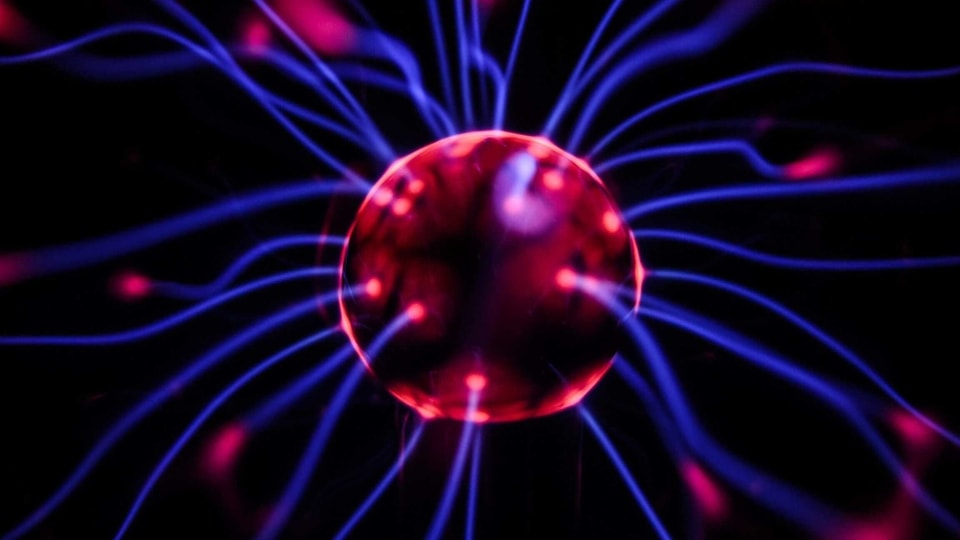Scientists use machine intelligence to accelerate brain mapping technique
Researchers used the technique to untangle the human brain's wiring to better understand the changes that accompany neurological or mental disorders such as Parkinson's or Alzheimer's disease.

A study by Okinawa Institute of Science and Technology (OIST) Graduate University shows a new use of technology to hasten brain mapping technique.
In recent research published in Scientific Reports, researchers used the technique to untangle the human brain's wiring to better understand the changes that accompany neurological or mental disorders such as Parkinson's or Alzheimer's disease.
Professor Kenji Doya, who leads the Neural Computation Unit at the Okinawa Institute of Science and Technology Graduate University (OIST) said that 'connectome' of the brain is vital to fully understand the brain and all the complex processes it carries out before coming to a conclusion.
To identify connectomes, researchers track nerve cell fibres that extend throughout the brain. In animal experiments, scientists can inject a fluorescent tracer into multiple points in the brain and image where the nerve fibres originating from these points extend to. "This process requires analyzing hundreds of brain slices from many animals. And because it is so invasive, it cannot be used in humans," explained Prof. Doya.
Also read: Google AI researchers lay out demands, escalating internal fight
However, advances in magnetic resonance imaging (MRI) have made it possible to estimate connectomes non-invasively. This technique, called diffusion MRI-based fibre tracking, uses powerful magnetic fields to track signals from water molecules as they move or diffuse along nerve fibres. A computer algorithm then uses these water signals to estimate the path of the nerve fibres throughout the whole brain, but at present, the algorithms do not produce convincing results.
Dr Carlos Gutierrez, first author and a postdoctoral researcher in the OIST Neural Computation Unit said, "The connectomes can be dominated by false positives, meaning they show neural connections that aren't really there."
Furthermore, the algorithms struggle to detect nerve fibres that stretch between remote regions of the brain. Yet these long-distance connections are some of the most important for understanding how the brain functions, Dr Gutierrez said.
In 2013, scientists launched a Japanese government-led project called Brain/MINDS (Brain Mapping by Integrated Neurotechnologies for Disease Studies) to map the brains of marmosets small nonhuman primates whose brains have a similar structure to human brains.
The brain/MINDS project aims to create a complete connectome of the marmoset brain by using both the non-invasive MRI imaging technique and the invasive fluorescent tracer technique."It was a really unique opportunity for us to compare the results from the same brain generated by the two techniques and determine what parameters need to be set to generate the most accurate MRI-based connectome," said Dr Gutierrez.
Also read: Researchers introduce first artificial intelligence tool to detect COVID-19 probability
In the current study, the researchers set out to fine-tune the parameters of two different widely-used algorithms so that they would reliably detect long-range fibres. They also wanted to make sure the algorithms identified as many fibres as possible while minimally pinpointing ones that were not actually present, with the help of machine intelligence.
To determine the best parameters, the researchers used an evolutionary algorithm. The fibre tracking algorithm estimated the connectome from the diffusion MRI data using parameters that changed or mutated in each successive generation. Those parameters competed against each other and the best parameters, the ones that generated connectomes that most closely matched the neural network detected by the fluorescent tracer -- advanced to the next generation.
The researchers tested the algorithms using fluorescent tracer and MRI data from ten different marmoset brains, which was not easy, according to them.
Throughout the multiple generations of this 'survival-of-the-fittest' process, the algorithms running for each brain exchanged their best parameters with each other, allowing the algorithms to settle on a more similar set of parameters. At the end of the process, the researchers took the best parameters and averaged them to create one shared set.
The team found that the algorithm with the generic set of optimized parameters also generated a more accurate connectome in new marmoset brains that weren't part of the original training set, compared to the default parameters used previously.
The striking difference between the images constructed by algorithms using the default and optimized parameters sends out a stark warning about MRI-based connectome research, the researchers said.
In the future, the scientists hope to make the process of using machine intelligence to identify the best parameters faster and to use the improved algorithm to more accurately determine the connectome of brains with neurological or mental disorders.
"Ultimately, diffusion MRI-based fibre tracking could be used to map the whole human brain and pinpoint the differences between healthy and diseased brains. This could bring us one step closer to learning how to treat these disorders," said Dr Gutierrez.
Catch all the Latest Tech News, Mobile News, Laptop News, Gaming news, Wearables News , How To News, also keep up with us on Whatsapp channel,Twitter, Facebook, Google News, and Instagram. For our latest videos, subscribe to our YouTube channel.


























